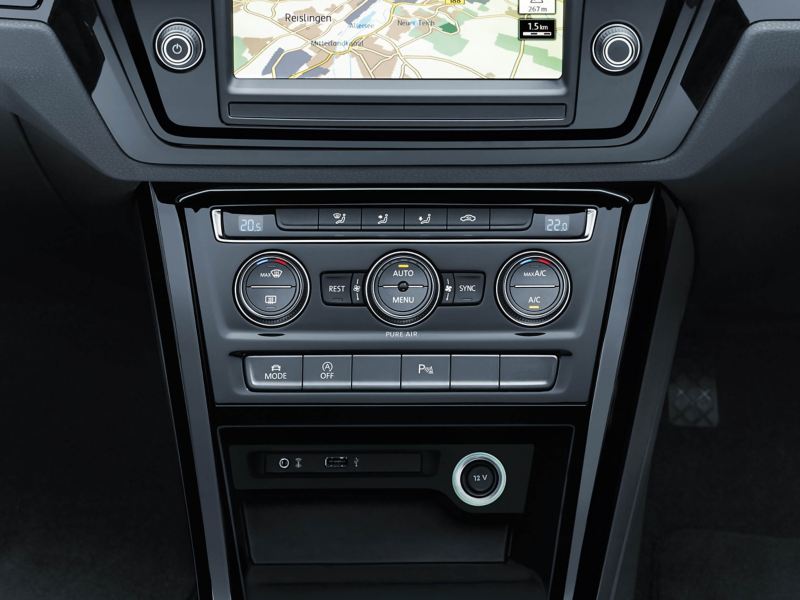Welcome to Volkswagen ID.
Home to our most advanced technology
Intuitive Drive Assist systems to keep you safer, an infotainment system that keeps you connected, entertained and in control, and over-the-air updates that ensure your vehicle’s software is always up to date.
Smart technology to keep you comfortably in control
Stay informed, connected and entertained
Browse our electric range
Life with an ID. An owner's story
Don’t just take our word for it, here’s Jack, owner of an ID.3. He’ll take you through what it’s like to live with a Volkswagen electric vehicle and point out some of the practical and fun tech in the car.










